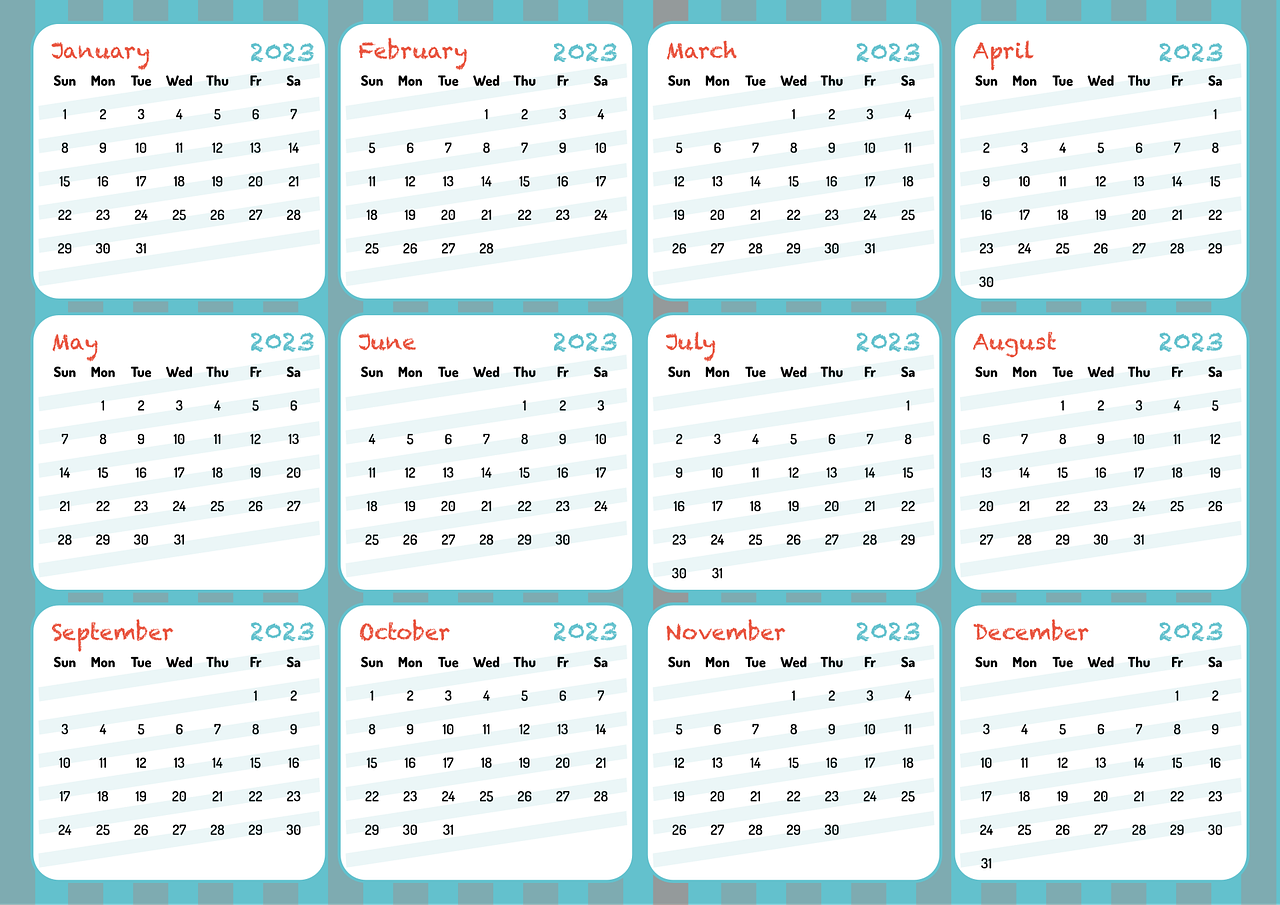Planning for How Long Will $1 Million Last in Retirement
Have you ever wondered how long $1 million will last in retirement? It’s a common question that gets tossed around in financial planning conversations and rightly so. Retiring comfortably and confidently requires more than just a big number in your savings account. It’s about understanding your expenses, predicting future costs, and planning for unexpected events. Let’s walk through some key considerations to help you figure out how long your $1 million might support your retirement lifestyle.
Understanding Retirement Expenses
Before discussing how long your retirement savings will last, it’s crucial to have a solid grasp of your expenses. Retirement doesn’t mean your spending will come to a halt; it just changes the nature of your expenses.
Assessing Your Living Costs
You’ll need to account for day-to-day living costs like housing, food, and transportation. Consider if you plan on maintaining your current lifestyle or anticipate changes such as downsizing your home or moving to a region with a lower cost of living.
Healthcare Costs
No discussion about retirement expenses is complete without factoring in healthcare costs. As you age, medical expenses tend to increase. Make sure you understand the implications of Medicare and how much you may need to budget for out-of-pocket expenses, long-term care, or health insurance premiums.
Lifestyle Choices and Leisure
Your lifestyle choices play a significant role in how long your retirement funds last. If you love to travel, frequently dine out, or have expensive hobbies, these will add to your overall expenses. Building a realistic budget that reflects your desired lifestyle is essential.
Income Streams in Retirement
Having a $1 million nest egg is impressive, but relying solely on this sum may not be wise. Diversifying your income streams will add stability to your retirement planning.
Social Security Benefits
Depending on your work history and earnings, Social Security can be a substantial part of your income. Determine when is the best time for you to start claiming benefits. Delaying the start can increase your monthly benefits.
Pension Plans
If you’re fortunate enough to have a pension, understand how it will affect your financial situation. Some pensions offer a guaranteed monthly benefit that can significantly reduce the reliance on your retirement savings account.
Investments and Passive Income
Explore other investment options, such as dividends from stocks, real estate renting, or bonds, which can provide an additional cushion. Assess your risk tolerance and adjust your investment strategy as needed.

Calculating Withdrawal Rates
To estimate how long your million will last, you’ll need to calculate how much you can withdraw safely each year.
The 4% Rule
A commonly cited rule is the 4% rule, suggesting you can withdraw 4% of your retirement savings the first year, adjusting for inflation afterwards. While it’s a good starting point, consider that market conditions, personal longevity, and actual expenses might necessitate adjustments.
Adjusting Withdrawal Rates
A fixed withdrawal rate might not suit everyone. If market returns are low or your expenses unexpectedly high, you may need to adjust the rate. Keep an eye on your portfolio’s performance and spending habits.
Inflation: The Silent Threat
Inflation gradually erodes the buying power of your money and is an essential factor in retirement planning.
Historical Inflation Trends
Understanding past inflation rates can help you estimate future costs. Generally, inflation has averaged about 3% annually, but rates can vary from year to year.
Protecting Against Inflation
Consider investments that historically outpace inflation, such as stocks or real estate. These can help preserve your retirement savings’ value over time.

This image is property of pixabay.com.
Longevity and Unpredictability
Planning for retirement includes preparing for the unknown. People are living longer, healthier lives, stretching the need for adequate retirement funding.
Estimating Lifespan
Predicting how many years you’ll need your savings to last is no easy task. Look at family history and current health to make an informed estimate.
Preparing for Unexpected Events
Life can be unpredictable, from unexpected medical expenses to changing family dynamics. Accounting for a financial cushion in your retirement plan can offer peace of mind.
Tax Considerations in Retirement
Taxes can significantly impact your retirement budget, especially if you have multiple income sources.
Tax-Deferred Accounts
Withdrawals from tax-deferred retirement accounts like 401(k)s and traditional IRAs are taxed as ordinary income. Planning strategic withdrawals can help minimize the tax burden.
Roth Accounts
Roth IRAs and Roth 401(k)s provide tax-free withdrawals, given that certain conditions are met. Consider the role these accounts play in your retirement strategy to maximize tax efficiency.

This image is property of pixabay.com.
Personalized Retirement Planning
While general guidelines are helpful, a personalized approach tailored to your specific situation ensures better preparation.
Creating a Comprehensive Plan
Don’t shy away from seeking professional financial advice. A financial planner can help you align your investments, withdrawal strategy, and lifestyle goals.
Revisiting Your Plan Regularly
Your life circumstances and market conditions will change over time. Regularly reviewing and adjusting your plan keeps you on track toward a comfortable retirement.
Scenario Analysis: How Long Will $1 Million Last?
To give you perspective, let’s consider a few different retirement scenarios based on varying lifestyles, longevity, and withdrawal rates.
| Scenario | Lifestyle Expense | Withdrawal Rate | Portfolio Longevity |
|---|---|---|---|
| Modest Lifestyle | $40,000 annually | 4% | 30+ years |
| Comfortable Spend | $50,000 annually | 5% | 25+ years |
| Luxurious Living | $70,000 annually | 7% | 15-20 years |
Evaluating the Scenarios
Modest Lifestyle
For those content with modest expenditures, the $1 million can last well over 30 years if withdrawals are managed carefully and the market stays relatively stable.
Comfortable Spend
A comfortable retirement lifestyle might reduce the portfolio’s longevity but can still provide a secure financial future with prudent management.
Luxurious Living
A higher annual spending significantly shortens the portfolio lifespan, necessitating either a reduction in expenses or supplemental income sources.

This image is property of pixabay.com.
Smart Strategies to Extend Your Nest Egg
To ensure your savings last, consider employing some smart spending and investing strategies.
Delaying Retirement
Working a few extra years means more time to save and less time relying solely on your portfolio.
Reducing Early Withdrawals
Before age 59½, avoid early withdrawals from retirement accounts to prevent penalties and reduce unnecessary dips into your savings.
Diversifying Your Investments
Maintaining a balanced investment portfolio helps mitigate risks and can offer downturn protection.
Conclusion: Building a Sustainable Retirement Plan
There is no one-size-fits-all answer to how long $1 million will last in retirement. Understanding your expenses, income sources, and potential risks enables you to better plan for the future. Remember, regular reviews and adjustments to your strategy can optimize your financial security for the long run. Being proactive now equips you for the unforeseen twists and turns of retirement living.
